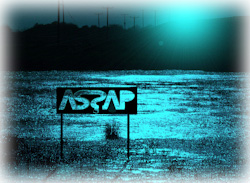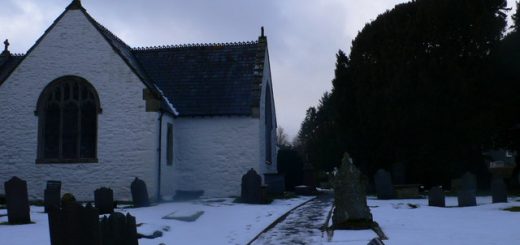Changelings
Changelings are part of Western Folklore, a child of a fairy type (Elf, Troll etc) which has been secretly swapped for a human baby and left in its place. George Waldron gave the following description of one he saw in the Isle of Man and it was subsequently reprinted in ‘The Science of Fairy Tales’ (1891) by Edwin Sidney Hartland. “Nothing under heaven could have a more beautiful face; but though between five and six years old, and seemingly healthy, he was so far from being able to walk, or stand, that he could not so much as move any one joint; his limbs were vastly long for his age, but smaller than an infant’s of six months; his complexion was perfectly delicate, and he had the finest hair in the world; be never spoke, nor cried, eat scarce anything, and was very seldom seen to smile, but if any one called him a fairy-elf, he would frown and fix his eyes so earnestly on those who said it, as if he would look them through. His mother, or at least his supposed mother, being very poor, frequently went out a-charing, and left him a whole day together. The neighbours, out of curiosity, have often looked in at the window to see how he behaved when alone, which, whenever they did, they were sure to find him laughing and in the utmost delight. This made them judge that he was not without company more pleasing to him than any mortal’s could be; and what made this conjecture seem the more reasonable was, that if he were left ever so dirty, the woman at her return saw him with a clean face, and his hair combed with the utmost exactness and nicety.”




Re: Changelings
‘The Science of Fairy Tales’ (1891) by Edwin Sidney Hartland:
The delightful author of the "Popular Romances of the West of England" says that some thirty or forty years before the date of writing he had seen several reputed changelings. And his evidence is express that "in every case they have been sad examples of the influence of mesenteric disease." After describing their external symptoms, he adds: "The wasted frame, with sometimes strumous swellings, and the unnatural abdominal enlargement which accompanies disease of mesenteric glands, gives a very sad, and often a most unnatural, appearance to the sufferer." Professor Rhys’ description of a reputed changeling, one Ellis Bach, of Nant Gwrtheyrn, in Carnarvonshire, is instructive as showing the kind of being accredited among the Welsh with fairy nature. The professor is repeating the account given to him of this poor creature, who died nearly half a century ago. He tells us: "His father was a farmer, whose children, both boys and girls, were like ordinary folks, excepting Ellis, who was deformed, his legs being so short that his body seemed only a few inches from the ground when he walked. His voice was also small and squeaky. However, he was very sharp, and could find his way among the rocks pretty well when he went in quest of his father’s sheep and goats, of which there used to be plenty there formerly. Everybody believed Ellis to have been a changeling, and one saying of his is well known in that part of the country. When strangers visited Nant Gwrtheyrn, a thing which did not frequently happen, and when his parents asked them to their table, and pressed them to eat, he would squeak out drily: ‘B’yta ‘nynna b’yta’r cwbwl,’ that is to say–‘Eating–that means eating all.’" A changeling in Monmouthshire, described by an eye-witness at the beginning of the present century, was simply an idiot of a forbidding aspect, a dark, tawny complexion, and much addicted to screaming.